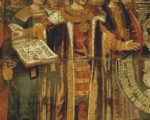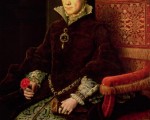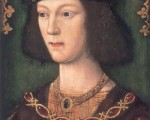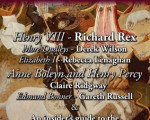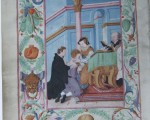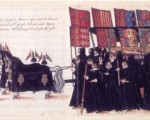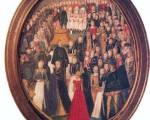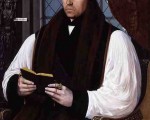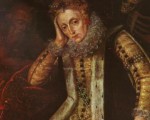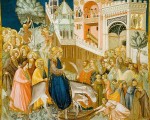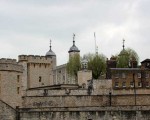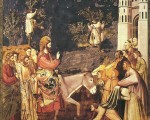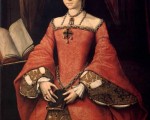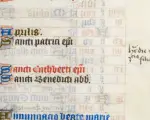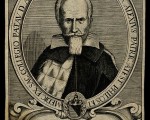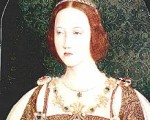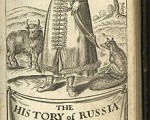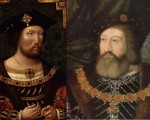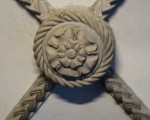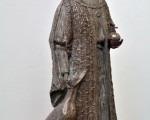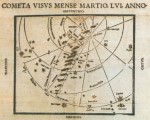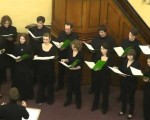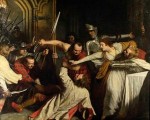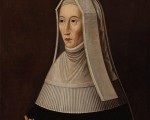Maundy Thursday commemorates the Last Supper, that final meal that Jesus Christ had with his disciples before his arrest.
In Tudor times, on Maundy Thursday, the church was prepared for Easter with water and wine being used to wash the altars and it was traditional for people to go to confession. The three holy oils – the chrism oil, the oil of catechumens and the oil of the sick – were also blessed on this day.
At the Last Supper, which was the Passover meal, Luke’s Gospel says that Christ took bread, gave thanks to God for it, broke it and then shared it with his disciples, saying “This is my body given for you; do this in remembrance of me.” He then took the cup of wine, saying, “This cup is the new covenant in my blood, which is poured out for you.” Christians all over the world remember this gesture by celebrating the Eucharist, also known as “communion”. According to John’s Gospel, it was at this meal that Jesus washed his disciples’ feet, and both Luke and John record Jesus saying that there was one among them who would betray him.
[Read More...]
